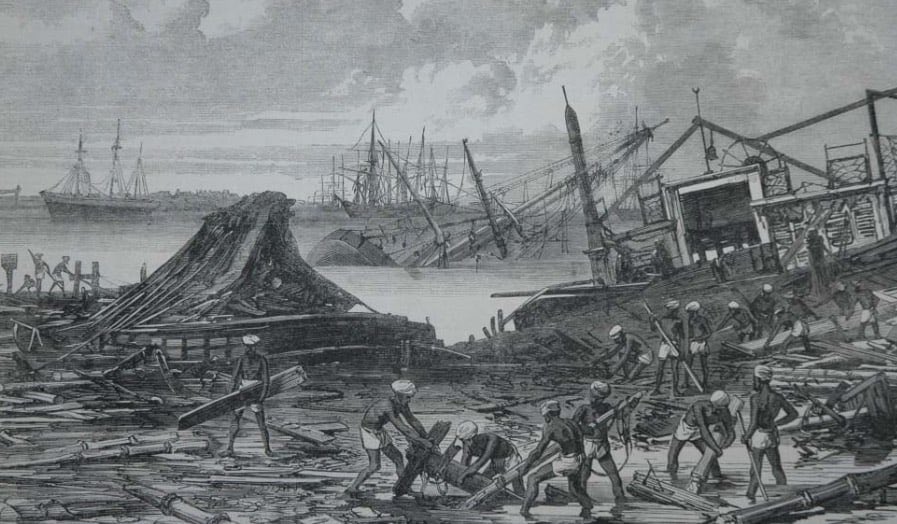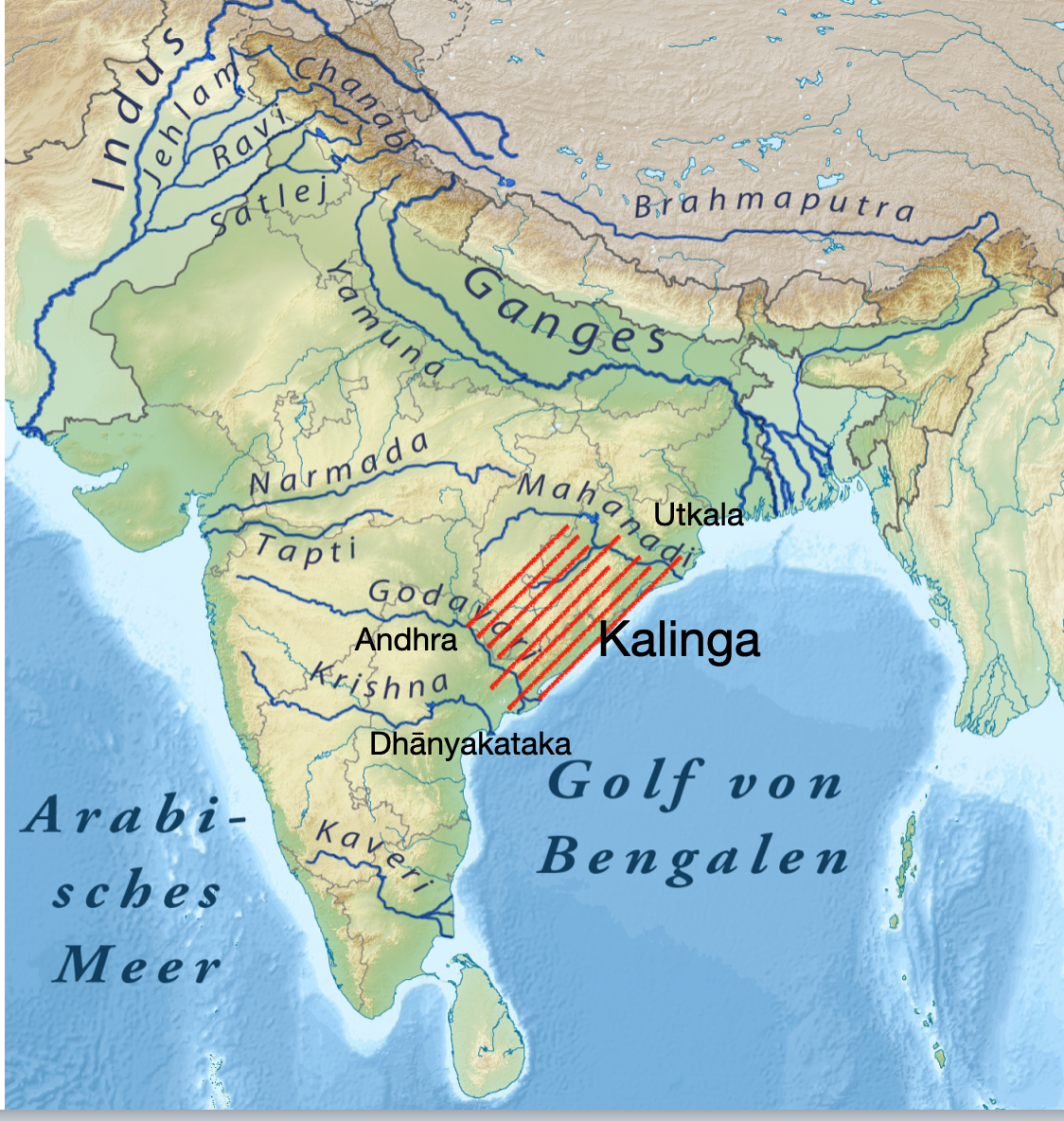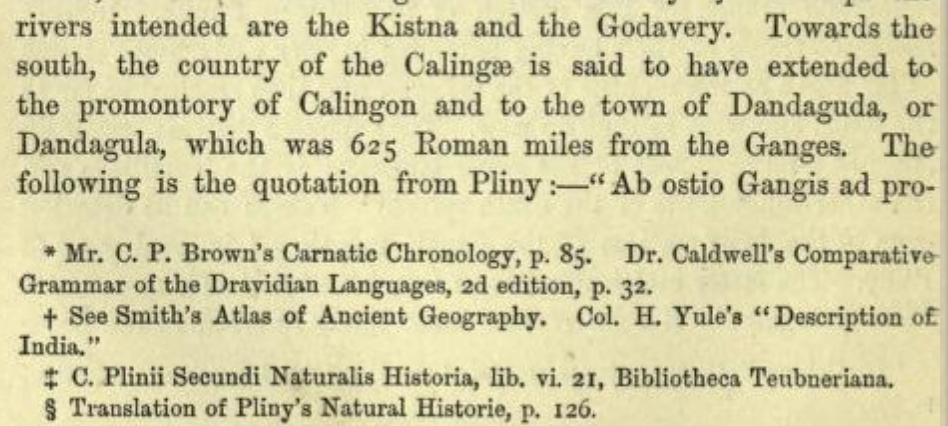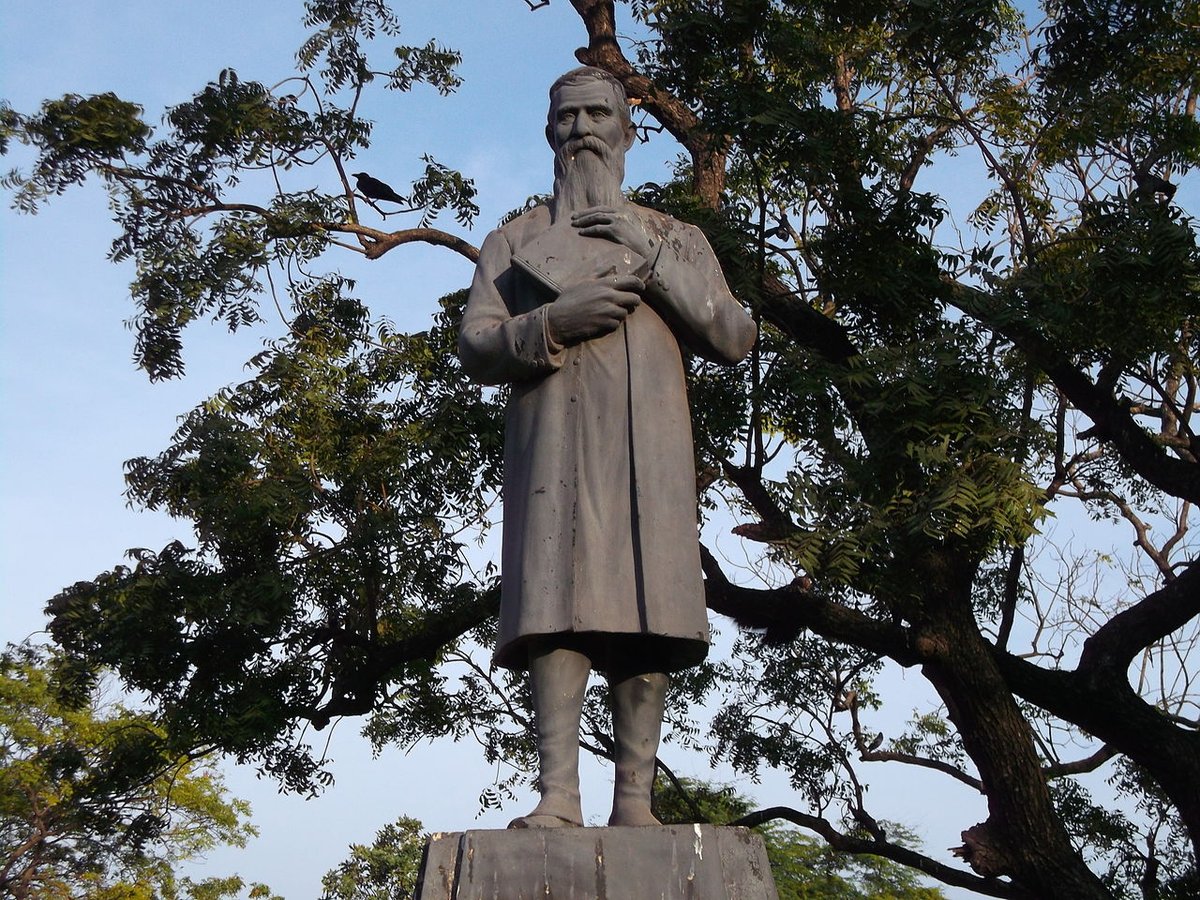This book is online: archive.org/details/descri…
Both the Telugu and Oriya people are their descendants.
So “Kalinga” was an important influence on the interior too.
ccbs.ntu.edu.tw/FULLTEXT/JR-EN…
historycollection.com/12-historys-re…

I think it is in a village called “Denduluru”, near the modern town of Eluru.
In my opinion, it derives from "kha-linga", where "kha" is the cosmos. Equivalently, it is "ākāśa-linga".
These ancient astronomical models condensed into the religious praxis of Śaivisim.
The Sapta-Godāvaram actually mimcs the Sapta Sindhu of the north west of India, with its seven Rishis.
For this reason, they spread westwards and influenced the culture of the hinterland.
Almost all civilizations established port cities at the mouth of great rivers, so the wares can be transported further inland.
In circuit, Kalinga was 830 miles, Andhra 500 miles & Dhanakacheka 1000 miles.
It is amazing that such nonsense is tolerated till this day!
















